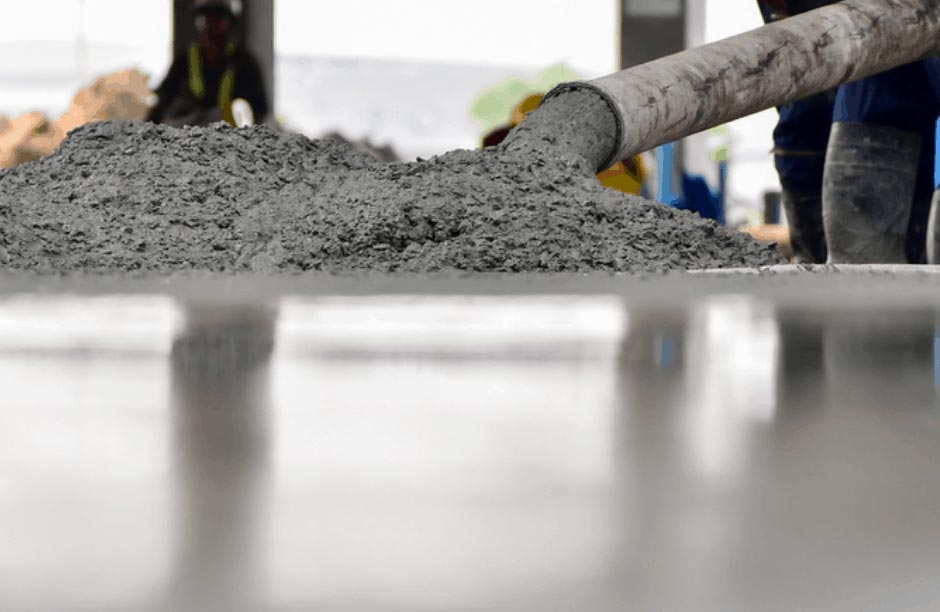CONCRETE ADDITIVES

Concrete additives, also called admixtures, are natural or manufactured materials added to concrete during mixing to modify its properties. They enhance specific characteristics like workability, strength, setting time, and durability. Common types include water reducers, plasticizers, accelerators, retarders, air-entraining agents, and shrinkage reducers.
1. Water-Reducing Admixtures
- Reduce the amount of water needed while maintaining workability, leading to stronger, more durable concrete.
- Classified as normal water reducers (Type A) or high-range water reducers / superplasticizers (Type F and Type G).
2. Plasticizers
- Improve flowability and workability—helpful for complex shapes or heavily reinforced concrete.
- Enhance filling and consolidation, reducing voids and honeycombing.
3. Accelerating Admixtures
- Speed up the setting process and early strength development.
- Useful for cold-weather concreting or when faster construction turnaround is required.
4. Retarding Admixtures
- Slow down the setting time of concrete without affecting final strength.
- Useful in hot weather to prevent premature hardening and allow more time for transportation, placement, and finishing.
- Helps achieve better surface finishes and reduces risk of cold joints.
5. Air-Entraining Agents
- Introduce tiny, uniformly distributed air bubbles into the concrete mix.
- Improve workability and resistance to freeze–thaw cycles.
- Enhance durability in cold climates by reducing cracking from water expansion.
6. Shrinkage-Reducing Admixtures
- Minimize drying shrinkage and reduce the risk of cracking in hardened concrete.
- Useful for slabs, pavements, bridge decks, and structures requiring high dimensional stability.
